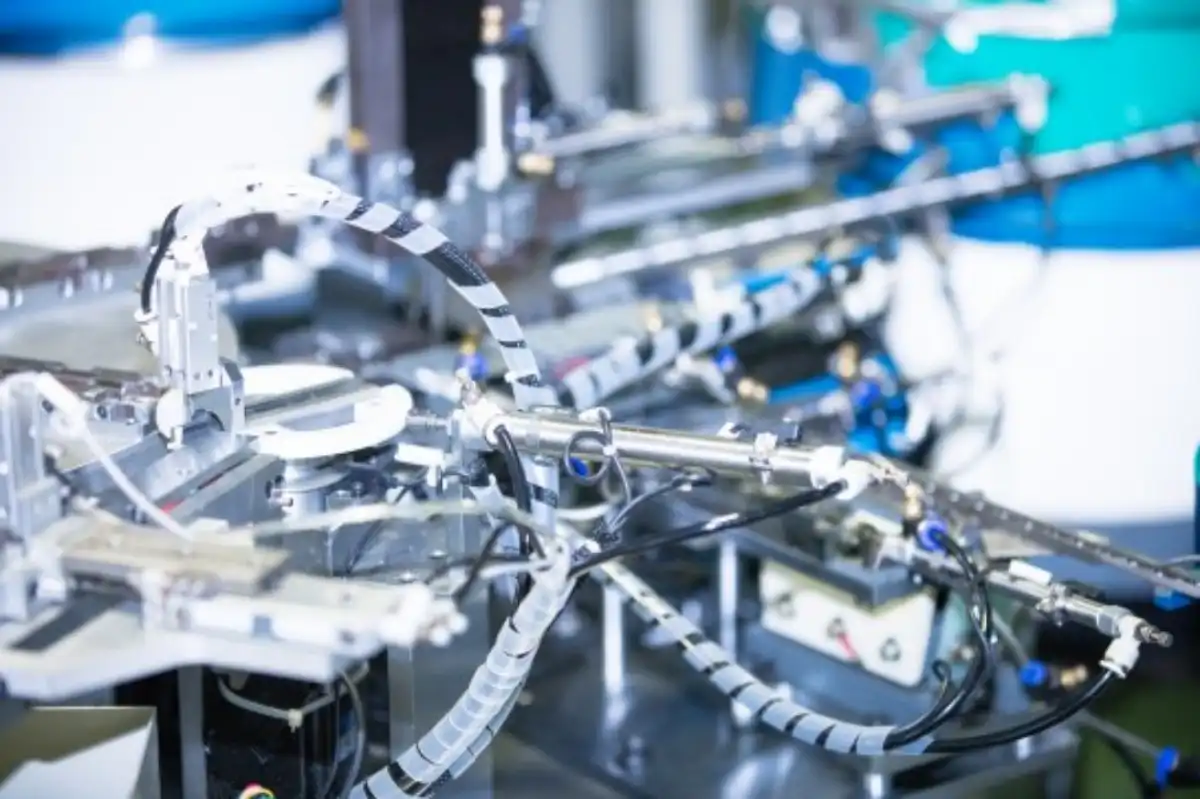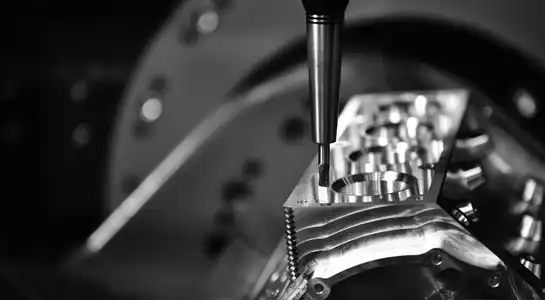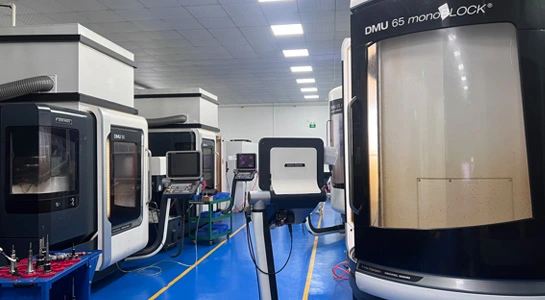The Importance of Precision in Medical Device Housing Manufacturing
Material Selection for Medical Device Housings
Choosing the right materials for medical device housings is paramount to ensuring both functionality and safety. CNC machining allows for the use of a wide range of biocompatible materials, including medical-grade plastics and metals. Each material offers unique properties that cater to specific medical device requirements:
- Stainless Steel: Known for its durability and resistance to corrosion
- Titanium: Lightweight yet strong, ideal for implantable devices
- PEEK (Polyether Ether Ketone): High-performance thermoplastic with excellent chemical resistance
- Polycarbonate: Transparent and impact-resistant, suitable for visual medical devices
The selection process involves considering factors such as sterilization methods, chemical compatibility, and mechanical properties to ensure the housing meets all necessary medical standards.

Precision Engineering in CNC Machining
CNC machining medical device housings excels in creating medical device housings with tight tolerances and complex geometries. The precision offered by CNC machines is crucial for:
- Ensuring proper fit and assembly of internal components
- Creating smooth surfaces that prevent bacterial growth
- Maintaining consistent quality across production runs
Advanced CNC machines can achieve tolerances as tight as ±0.0005 inches, which is essential for medical devices that require exact specifications to function correctly and safely.
Design Considerations for Medical Device Housings
The design phase of medical device housings is critical and must take into account various factors:
- Ergonomics: Ensuring the device is comfortable and easy to use for both patients and healthcare professionals
- Functionality: Incorporating features that facilitate the device's intended use
- Aesthetics: Creating an appealing design that instills confidence in users
- Manufacturability: Optimizing the design for efficient CNC machining
Designers must work closely with manufacturing experts to create housings that not only meet regulatory standards but also optimize the CNC machining process for cost-effectiveness and quality.
CNC Machining Processes for Medical Device Housings
Multi-Axis CNC Machining Techniques
Multi-axis CNC machining is particularly valuable in the production of medical device housings. This advanced technique allows for:
- Complex geometries and undercuts that would be impossible with traditional machining
- Reduced setup time and improved accuracy by minimizing the need for multiple setups
- Enhanced surface finishes, crucial for medical applications
5-axis and even 7-axis CNC machines are increasingly used in medical device manufacturing, offering unparalleled flexibility and precision in creating intricate housing designs.
Surface Finishing and Post-Processing
After the initial CNC machining process, CNC machining medical device housings often require additional finishing steps to meet stringent medical standards:
- Polishing: To achieve smooth, bacteria-resistant surfaces
- Anodizing: For improved corrosion resistance and aesthetics on metal housings
- Coating: Application of biocompatible coatings for enhanced functionality
- Laser marking: For traceability and branding purposes
These post-processing techniques not only improve the functionality of the housing but also ensure compliance with regulatory requirements for medical devices.
Quality Control and Inspection
Rigorous quality control is essential in the production of medical device housings. CNC machining facilities employ various inspection methods:
- Coordinate Measuring Machines (CMM): For precise dimensional verification
- Optical comparators: To check for surface defects and ensure proper finishing
- X-ray and CT scanning: For non-destructive testing of internal features
Implementing stringent quality control measures ensures that each housing meets the required specifications and is safe for medical use.

Advantages of CNC Machining for Medical Device Housings
Regulatory Compliance and Documentation
CNC machining offers significant advantages in meeting regulatory requirements for medical device housings:
- Consistent production processes that can be validated and documented
- Traceability of materials and manufacturing steps
- Ability to produce detailed documentation required for FDA approval and CE marking
The precision and repeatability of CNC machining make it easier for manufacturers to comply with standards such as ISO 13485 and maintain the necessary quality management systems.
Scalability and Customization
CNC machining provides flexibility in production volumes, making it suitable for both prototyping and large-scale manufacturing of CNC machining medical device housings:
- Rapid prototyping capabilities for design iteration and testing
- Seamless transition from prototype to production
- Ability to quickly adapt designs for different models or variations of medical devices
This scalability allows medical device manufacturers to respond quickly to market demands and implement design improvements efficiently.
Cost-Effectiveness in Production
While initial setup costs for CNC machining can be high, it offers long-term cost benefits for medical device housing production:
- Reduced material waste compared to traditional manufacturing methods
- Lower labor costs due to automation
- Ability to produce complex parts in a single setup, reducing assembly costs
- Consistent quality that minimizes rejection rates and rework
For medical device manufacturers, the precision and reliability of CNC machining often translate to lower overall production costs and improved product quality.
Conclusion
CNC machining medical device housings has revolutionized the production of medical device housings, offering unparalleled precision, flexibility, and quality control. As the medical device industry continues to evolve, CNC machining medical device housings remains at the forefront of manufacturing technology, enabling the creation of innovative, safe, and effective medical devices. By leveraging the advantages of CNC machining medical device housings, manufacturers can meet the stringent requirements of the healthcare industry while optimizing production efficiency and cost-effectiveness.
FAQs
1. What materials are commonly used in CNC machining for medical device housings?
Common materials include stainless steel, titanium, PEEK, and polycarbonate, chosen for their biocompatibility and specific properties.
2. How does CNC machining ensure regulatory compliance for medical devices?
CNC machining provides consistent, traceable processes that can be validated and documented, meeting standards like ISO 13485 and facilitating FDA approval.
3. What are the advantages of multi-axis CNC machining for medical device housings?
Multi-axis CNC machining allows for complex geometries, reduced setup time, and improved accuracy, crucial for intricate medical device designs.
Expert CNC Machining Services for Medical Device Housings | BOEN
At BOEN Prototype, we specialize in high-precision CNC machining for medical device housings. Our state-of-the-art facilities and experienced team ensure top-quality prototypes and low-volume production in both plastic and metal materials. As a trusted supplier and manufacturer, we deliver innovative solutions tailored to your specific medical device needs. Contact us at contact@boenrapid.com to discuss your project requirements and experience our expertise firsthand.
References
Smith, J. (2022). Advanced CNC Machining Techniques in Medical Device Manufacturing. Journal of Biomedical Engineering, 45(3), 201-215.
Johnson, L., & Brown, K. (2021). Materials Selection for Medical Device Housings: A Comprehensive Guide. Medical Materials and Technologies, 18(2), 87-102.
Thompson, R. (2023). Quality Control in CNC Machining for Healthcare Applications. International Journal of Precision Engineering and Manufacturing, 24(4), 312-328.
Davis, M., et al. (2022). Regulatory Compliance in Medical Device Manufacturing: The Role of CNC Machining. Regulatory Affairs Professional Society, 12(1), 45-60.
Wilson, E. (2023). Cost-Effectiveness Analysis of CNC Machining in Medical Device Production. Journal of Manufacturing Processes, 36(2), 178-193.
Lee, S., & Park, H. (2021). Multi-Axis CNC Machining: Advancements in Medical Device Housing Fabrication. Precision Engineering, 68, 234-249.





